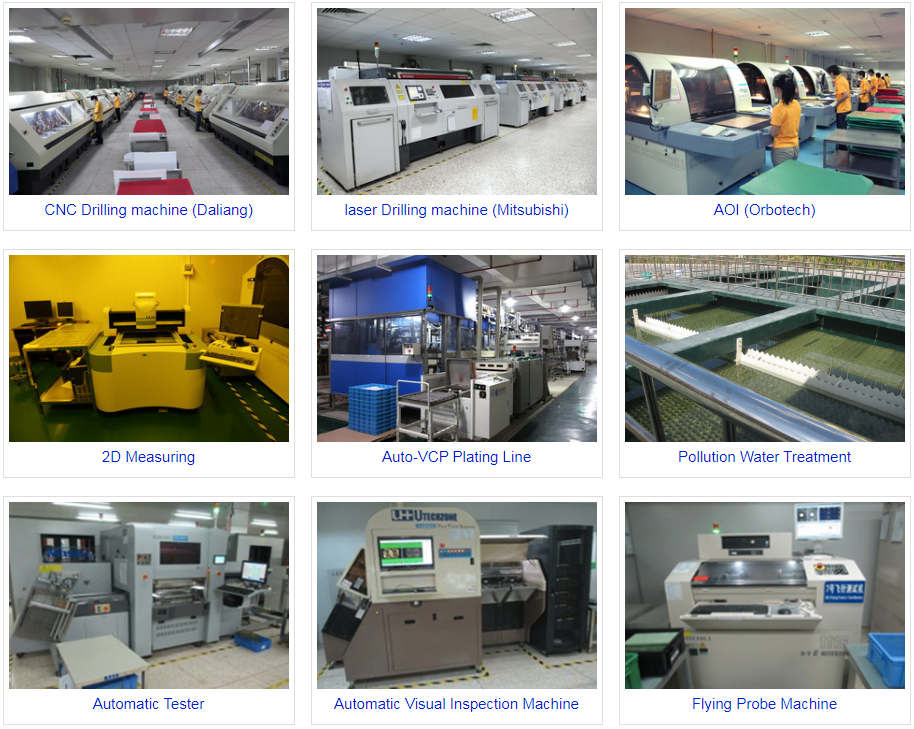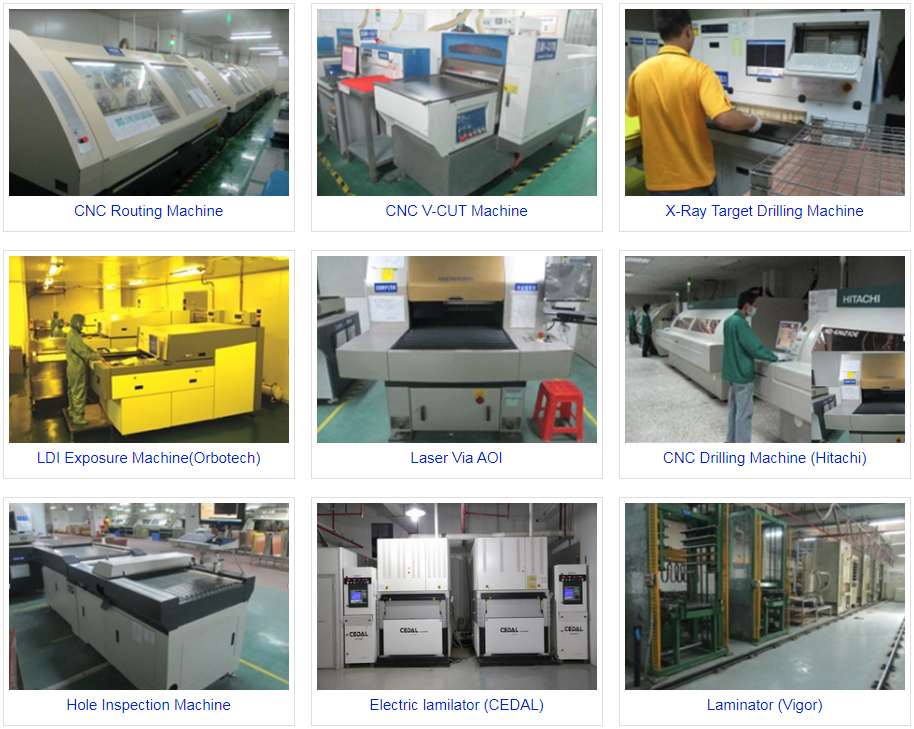Iron Core PCBs, also known as Iron-Core Printed Circuit Boards, are a type of printed circuit board that incorporates iron core materials into their construction. These PCBs are designed to have specific electromagnetic properties, making them suitable for applications where magnetic fields need to be controlled or manipulated. Here are some key points to understand about Iron Core PCBs:
- Iron Core Material: Iron core materials, such as iron laminations or powdered iron, are embedded within the PCB substrate or placed on the surface of the board. These materials can vary in composition and thickness, depending on the desired magnetic characteristics.
- Magnetic Properties: Iron Core PCBs are engineered to exhibit specific magnetic properties, including magnetic permeability, which determines how easily they can be magnetized by an external magnetic field. These properties make them useful for applications involving transformers, inductors, magnetic sensors, and electromagnetic interference (EMI) shielding.
- Applications:
- Inductors: Iron Core PCBs are commonly used to create inductors with well-controlled magnetic properties. These inductors can be used in power supplies, filters, and various electronic circuits.
- Transformers: Iron core materials are essential components in transformers, which are used for voltage transformation in power distribution and electronic devices.
- EMI Shielding: The magnetic properties of Iron Core PCBs can be used to shield sensitive electronic components from electromagnetic interference (EMI) by directing and controlling magnetic fields.
- Magnetic Sensors: Iron Core PCBs can be employed in magnetic field sensing applications, such as Hall effect sensors.
- Design Considerations: Designing Iron Core PCBs requires careful consideration of the magnetic properties needed for the application. The type and arrangement of iron core materials, as well as the layout of traces and components on the board, play a crucial role in achieving the desired performance.
- Material Selection: The choice of iron core material depends on the specific application requirements. For example, laminated iron cores are often used for inductors and transformers, while powdered iron cores are more suitable for EMI shielding.
- Manufacturing Challenges: Integrating iron core materials into PCBs can be more complex than traditional PCB fabrication, as it involves additional steps such as embedding or placing the iron cores accurately.
- Cost Considerations: Iron Core PCBs may be more expensive to manufacture than standard PCBs due to the additional materials and processes involved.
Iron Core PCBs are niche components used in specialized applications where precise control over magnetic properties is crucial. Designing and manufacturing these PCBs require expertise in electromagnetic theory and PCB fabrication techniques.
The similarities and differences between Iron Core PCBs and Copper Core PCBs
Iron Core PCBs and Copper Core PCBs are two distinct types of printed circuit boards with different core materials, each offering unique properties and applications. Here are the similarities and differences between these two types of PCBs:
Similarities:
- Base PCB Structure: Both Iron Core PCBs and Copper Core PCBs share the basic structure of a printed circuit board, consisting of layers of insulating material (substrate), conductive traces (usually copper), and solder mask.
- Component Integration: Both types of PCBs are used to integrate electronic components and provide interconnections between them.
Differences:
- Core Material:
- Iron Core PCBs: These PCBs incorporate iron core materials (such as iron laminations or powdered iron) into their structure. The iron core provides specific magnetic properties, including magnetic permeability, which makes them suitable for applications involving magnetic fields.
- Copper Core PCBs: These PCBs have a core made of copper. Copper is an excellent conductor of electricity and heat, but it does not have inherent magnetic properties like iron. Copper core PCBs are used when efficient heat dissipation is required, such as in high-power applications.
- Applications:
- Iron Core PCBs:
- Used for inductors and transformers where precise magnetic properties are crucial.
- Employed for EMI shielding to direct and control magnetic fields.
- Used in magnetic sensors and Hall effect devices.
- Copper Core PCBs:
- Primarily used for applications that require excellent thermal conductivity and dissipation, such as LED lighting, high-power amplifiers, and power electronics.
- Not designed for magnetic applications but are critical for managing heat generated by components.
- Design Considerations:
- Iron Core PCBs: Designed with a focus on controlling and utilizing magnetic properties, including the arrangement and integration of iron core materials.
- Copper Core PCBs: Designed to maximize heat dissipation and thermal performance, often featuring additional thermal vias, heatsinks, or thermal pads.
- Manufacturing Challenges:
- Iron Core PCBs: Incorporating iron core materials requires specific manufacturing techniques, including embedding or surface placement, which can add complexity and cost to the fabrication process.
- Copper Core PCBs: While they don’t have the same magnetic properties as iron, they require efficient thermal management, which may involve designing for effective heat dissipation and utilizing suitable materials.
- Cost:
- Iron Core PCBs: Can be more expensive to manufacture due to the inclusion of specialized iron core materials and the intricacies of controlling magnetic properties.
- Copper Core PCBs: Generally more cost-effective for applications requiring good thermal performance.
In summary, Iron Core PCBs and Copper Core PCBs serve different purposes and have distinct core materials and design considerations. Iron Core PCBs are tailored for magnetic applications, while Copper Core PCBs excel in managing heat in high-power electronics. The choice between them depends on the specific requirements of the application.
How to Choose Iron Core PCB Supplier ?
Choosing the right iron core PCB supplier is crucial to ensure the quality and reliability of your electronic products. Here are some key steps and considerations to help you make an informed decision:
- Define Your Requirements:
- Clearly define your project requirements, including the size, specifications, and quantity of iron core PCBs you need.
- Identify any specific technical or performance requirements, such as magnetic permeability values or EMI shielding capabilities.
- Research Potential Suppliers:
- Start by researching potential iron core PCB suppliers online. Look for suppliers with a solid reputation and experience in manufacturing these specialized PCBs.
- Consider recommendations from colleagues, industry forums, or trade associations.
- Assess Quality and Certification:
- Check if the supplier has quality certifications such as ISO 9001. Quality certifications are indicators of a supplier’s commitment to quality control.
- Inquire about the supplier’s quality control processes, testing procedures, and inspection standards.
- Evaluate Technology and Expertise:
- Ensure that the supplier has the technical expertise to manufacture iron core PCBs to your specifications.
- Ask about their experience in producing similar PCBs for other clients or projects.
- Request Samples:
- Request samples of their iron core PCBs to evaluate their quality and performance. This will give you a firsthand look at the product.
- Test the samples to ensure they meet your technical requirements and standards.
- Review Manufacturing Capabilities:
- Inquire about the supplier’s manufacturing capabilities, including their equipment, production capacity, and lead times.
- Consider their ability to handle your project’s volume and timeline.
- Cost and Pricing:
- Obtain detailed price quotes from multiple suppliers for your specific requirements.
- Be cautious of significantly lower-priced options, as quality and reliability may be compromised.
- Communication and Support:
- Evaluate the supplier’s responsiveness and communication. Quick and clear communication is essential throughout the production process.
- Inquire about technical support and after-sales service in case you encounter issues or need assistance.
- Supply Chain and Logistics:
- Assess the supplier’s ability to manage supply chain logistics, including shipping, customs clearance, and delivery to your location.
- Consider their location and proximity to your operations.
- References and Reviews:
- Ask for references from other clients who have worked with the supplier. Contact these references to inquire about their experiences.
- Look for online reviews and testimonials to gather additional insights.
- Contract and Terms:
- Carefully review the supplier’s contract terms, including payment terms, warranties, and delivery schedules.
- Ensure that the contract includes all agreed-upon specifications and quality standards.
- Long-Term Relationship:
- Consider the potential for a long-term relationship with the supplier. Building a strong partnership can lead to better support and reliability over time.
Ultimately, selecting the right iron core PCB supplier requires a combination of thorough research, clear communication, and careful evaluation of technical capabilities and quality standards. Make sure to weigh all factors and prioritize your specific project requirements when making your decision.
Welcome to custom Iron Core PCBs from PCB MANUFACTURER CHINA, PCBSKY provides custom pcb service in factory price.
Main Equipments


